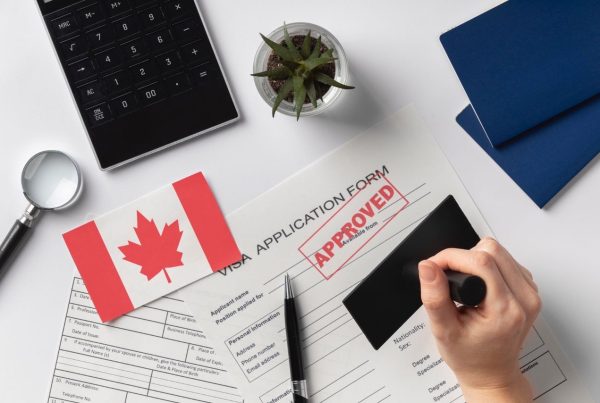If you’re an international student in the US on an F-1 visa, Optional Practical Training (OPT) is one opportunity you don’t want to overlook. It allows you to gain real-world work experience in your field of study, either while you’re still in school or after you graduate.
Here’s a beginner-friendly breakdown of how OPT works, who qualifies, and how to make the most of it.
- What Is OPT, and Who Can Apply?
OPT stands for Optional Practical Training. It’s a temporary work authorization that lets F-1 students work in a job directly related to their major. You can use it:
- While you’re still studying (pre-completion OPT)
- After you graduate (post-completion OPT)
Most students apply for post-completion OPT and are eligible for up to 12 months of full-time work. If your degree is in a STEM field (Science, Technology, Engineering, or Math), you might qualify for an additional 24-month extension.
- Types of OPT: Pre-Completion vs. Post-Completion
Pre-Completion OPT
You can apply for this after studying full-time for one academic year.
- Work up to 20 hours per week while classes are in session
- Work full-time during school breaks
Note: Any time you use here is deducted from your post-completion OPT.
Post-Completion OPT
This starts after you finish your program.
- You can work part-time (at least 20 hours/week) or full-time
- You must apply before completing your program
- You get up to 12 months, minus any time used during pre-completion OPT
Example: If you worked 6 months part-time on pre-completion OPT, you’d have about 9 months left for post-completion OPT.
- The STEM OPT Extension
If your degree is in an approved STEM field, you might qualify for an extra 24 months of OPT, bringing your total to 36 months.
To be eligible, you must:
- Hold a degree listed on the USCIS STEM Designated Degree Program List
- Be working for an employer enrolled in E-Verify
- Have received post-completion OPT based on your STEM degree
However, note that the job must still be directly related to your major.
- How to Apply for OPT
The application is made through USCIS (U.S. Citizenship and Immigration Services). You’ll need to:
- Complete Form I-765 (Application for Employment Authorization)
- Work with your school’s Designated School Official (DSO) to get a recommendation
- Pay the filing fee
- Submit your documents early, as processing can take a few months
Your school will help you understand the timeline and documents needed. Don’t wait till the last minute.
- What Happens After OPT? (Cap-Gap & H-1B Visa)
Many students use OPT as a pathway to longer-term work opportunities. If your employer sponsors you for an H-1B work visa, and they file the petition while you’re still on OPT, you may qualify for a Cap-Gap Extension. This allows you to keep working legally until your H-1B visa kicks in.
But: If your OPT expires before the H-1B application is filed, you won’t be eligible for the Cap-Gap.
Final Tips
- Stick to the rules: Only work in jobs that relate to your major and follow all USCIS guidelines
- Stay in status: Keep your school informed and update your DSO on any changes in employment
- Be proactive: OPT is a time-sensitive opportunity, so ensure you plan.
Conclusion
OPT is your chance to gain hands-on experience in your field while living in the US. Whether you’re aiming to get some work experience before heading home or trying to build a long-term career in the US, using OPT wisely can open doors. Talk to your school’s international student office, understand your deadlines, and take that next step toward your future.
Need help applying? Your school’s DSO and the USCIS website are great starting points. You can also contact us to guide you through the process.
Stay up to date by following us on Instagram, Facebook, LinkedIn and Twitter.




